Open Posterolateral Elbow Fracture Dislocation with Vascular Injury
Score and Comment on this Case
Clinical Details
Clinical and radiological findings: A motorcyclist involved in a high-speed collision presented with a deformed elbow and several small wounds in the antecubital fossa. The patient was hemodynamically stable but had a thready pulse and a wrist brachial index of 0.44, indicating compromised vascular status. Initial closed reduction of the elbow was performed in the emergency department. The open wound measured 1 cm anteriorly.
Preoperative Plan
Planning remarks: The preoperative plan involved immediate consultation with vascular surgery and mobilization of the surgical team for urgent operative intervention. A radiolucent table with a radiolucent hand attachment was prepared to facilitate intraoperative imaging. The surgical approach was planned to accommodate both vascular and orthopedic interventions, with potential for on-table angiography to assess vascular injury.
Surgical Discussion
Patient positioning: The patient was positioned supine on a radiolucent table with a radiolucent hand attachment to allow for optimal access and imaging during the procedure.
Anatomical surgical approach: A dual surgical approach was employed. An anterior approach to the elbow was utilized for vascular access and repair, followed by lateral and medial approaches for orthopedic stabilization. Fasciotomies were performed by the orthopedic team to address compartment syndrome risk.
Operative remarks:The surgical team prioritized definitive vascular repair over shunting due to the specific nature of the injury, which involved a brachial artery transection. The vascular team performed an open end-to-end repair with the elbow reduced. Orthopedic surgeons then conducted fasciotomies, debridement, irrigation, and definitive stabilization of the radius using a 3.5mm dynamic compression plate bent on the flat. Elbow stability was addressed, focusing on posterolateral instability and ulnar lateral collateral ligament injury.
Postoperative protocol: Postoperative rehabilitation included immobilization of the elbow in a splint, with gradual mobilization initiated under supervision. Weight-bearing activities were restricted until adequate healing was confirmed.
Follow up: Not specified.
Orthopaedic implants used: 3.5mm dynamic compression plate. LCP distal humerus medial plate
Search for Related Literature

orthopaedic_trauma
- United States , Seattle
- Area of Specialty - General Trauma
- Position - Specialist Consultant

Industry Sponsership
contact us for advertising opportunities
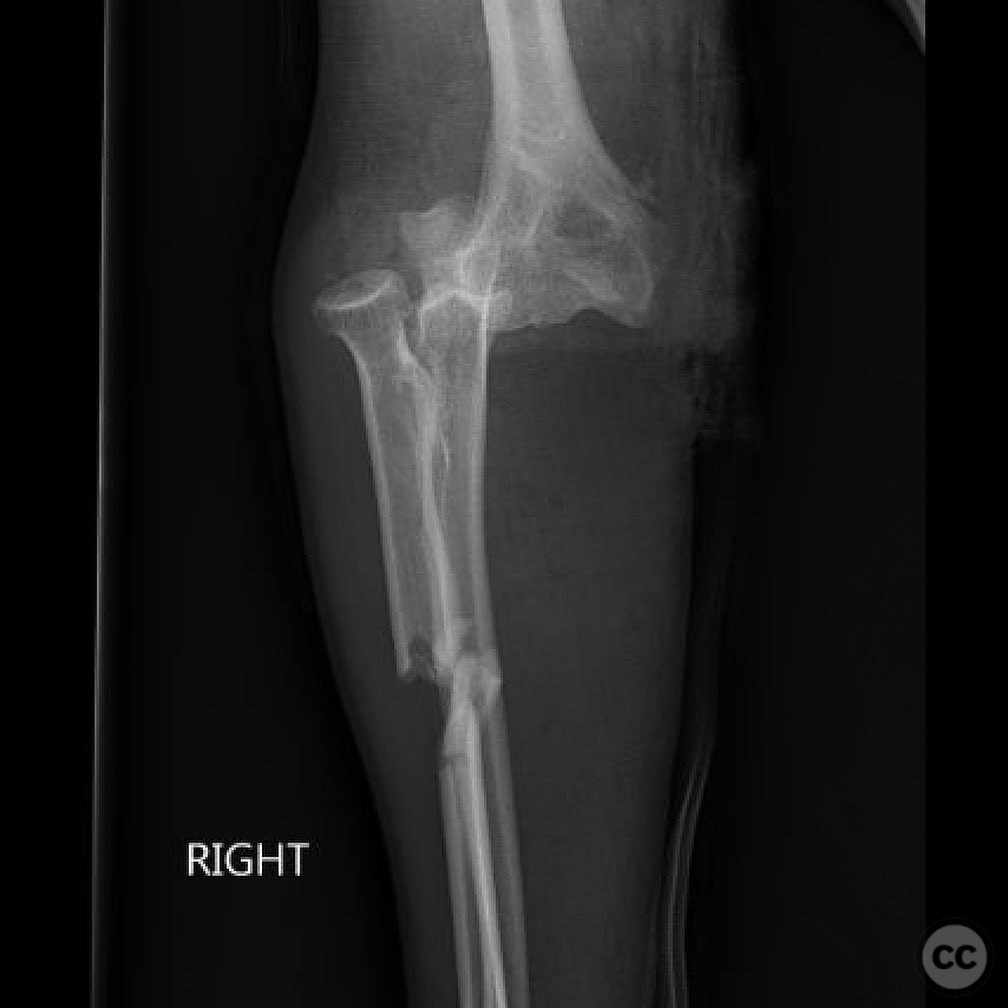



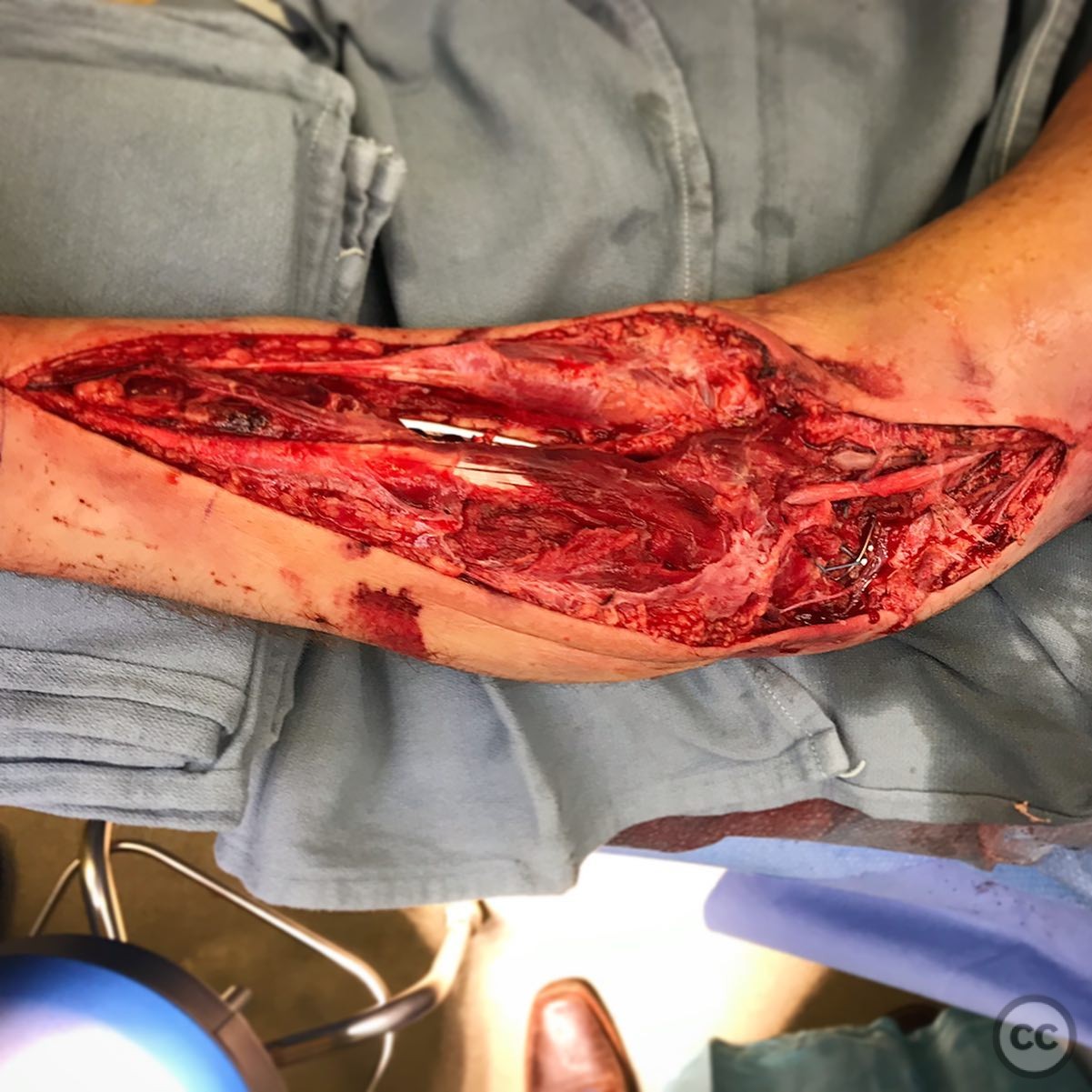
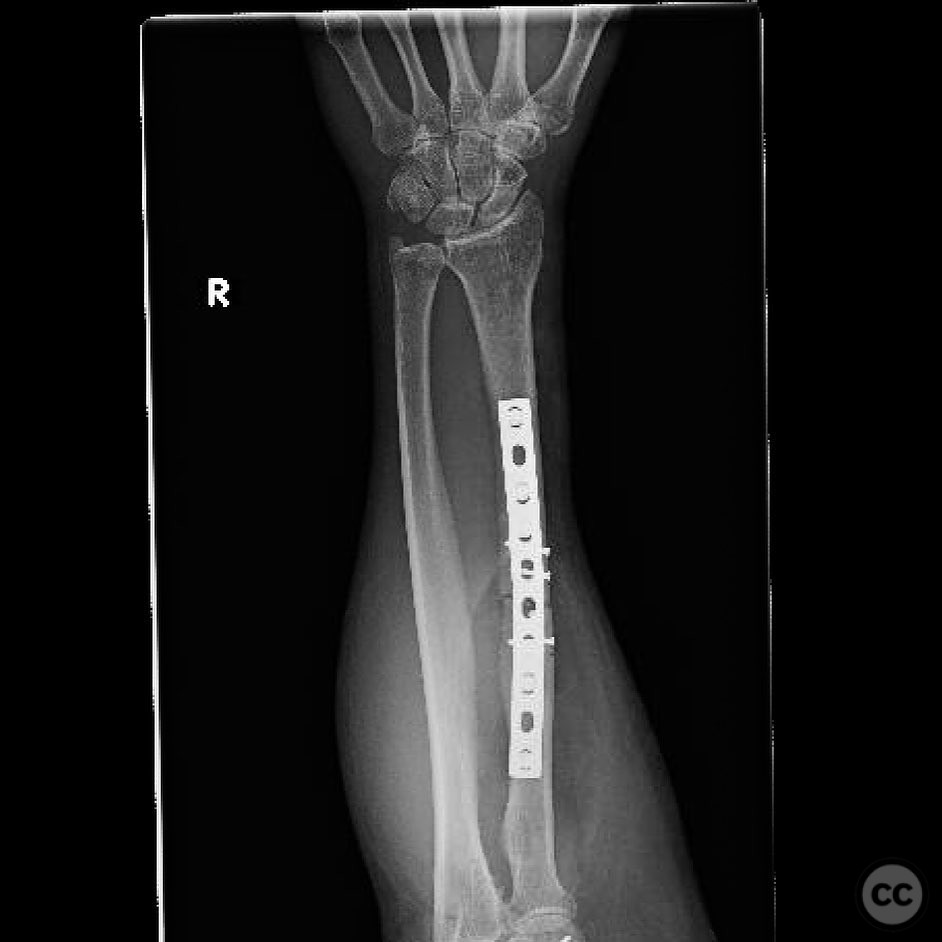
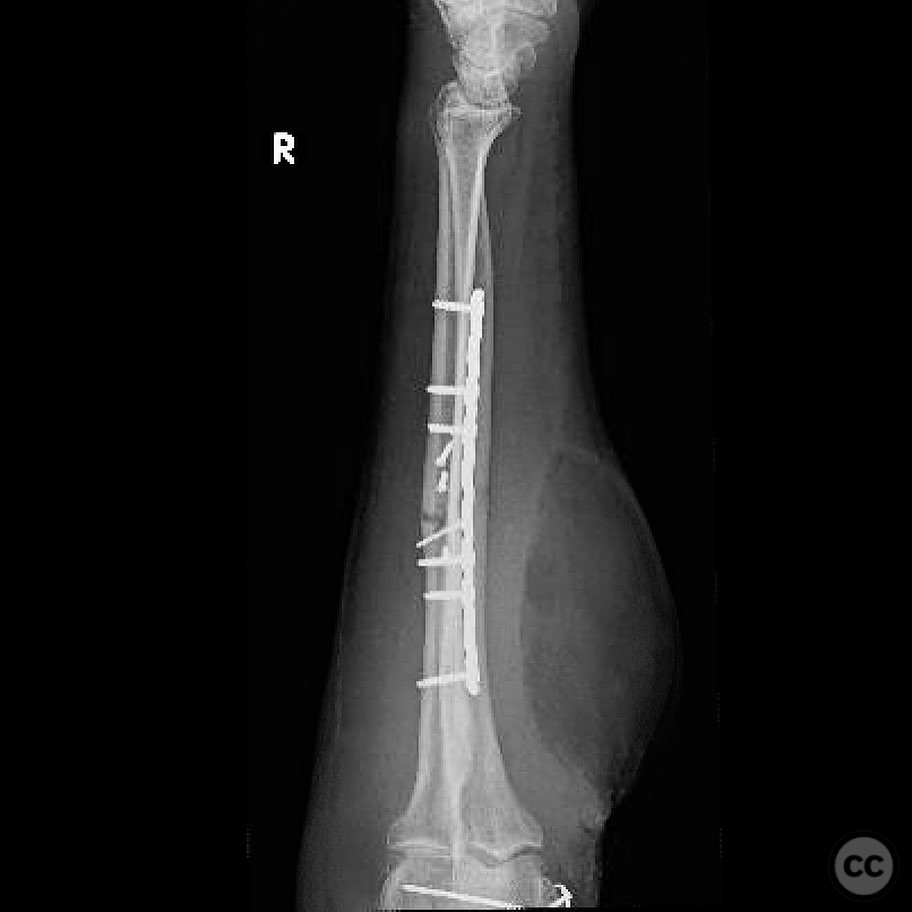
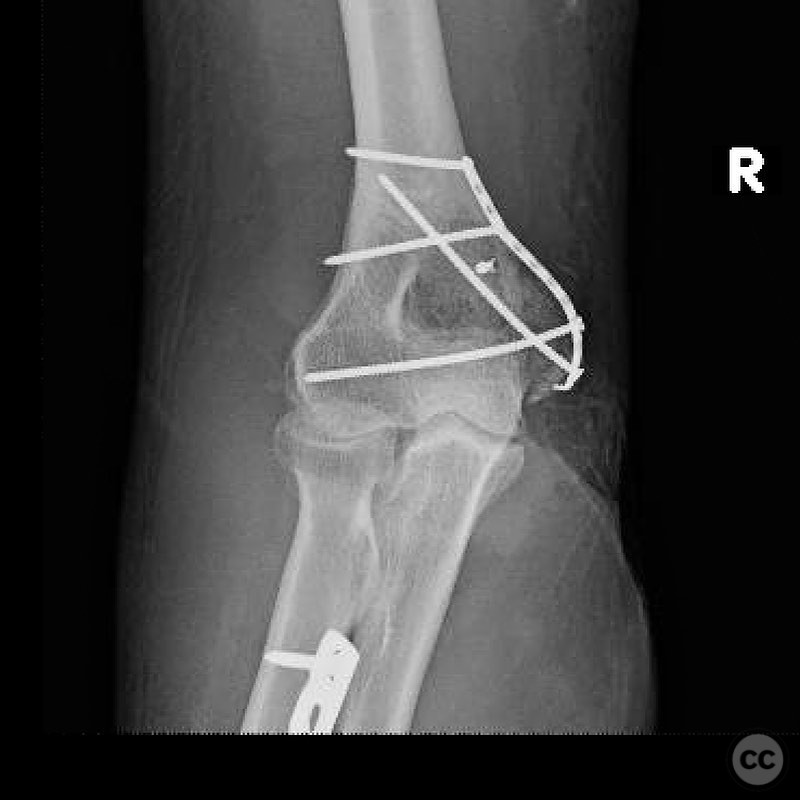
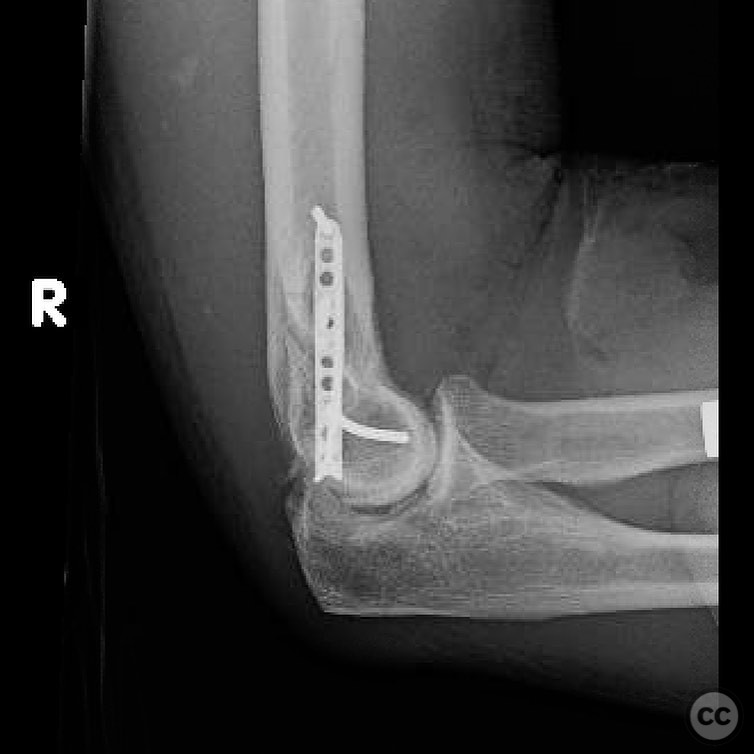
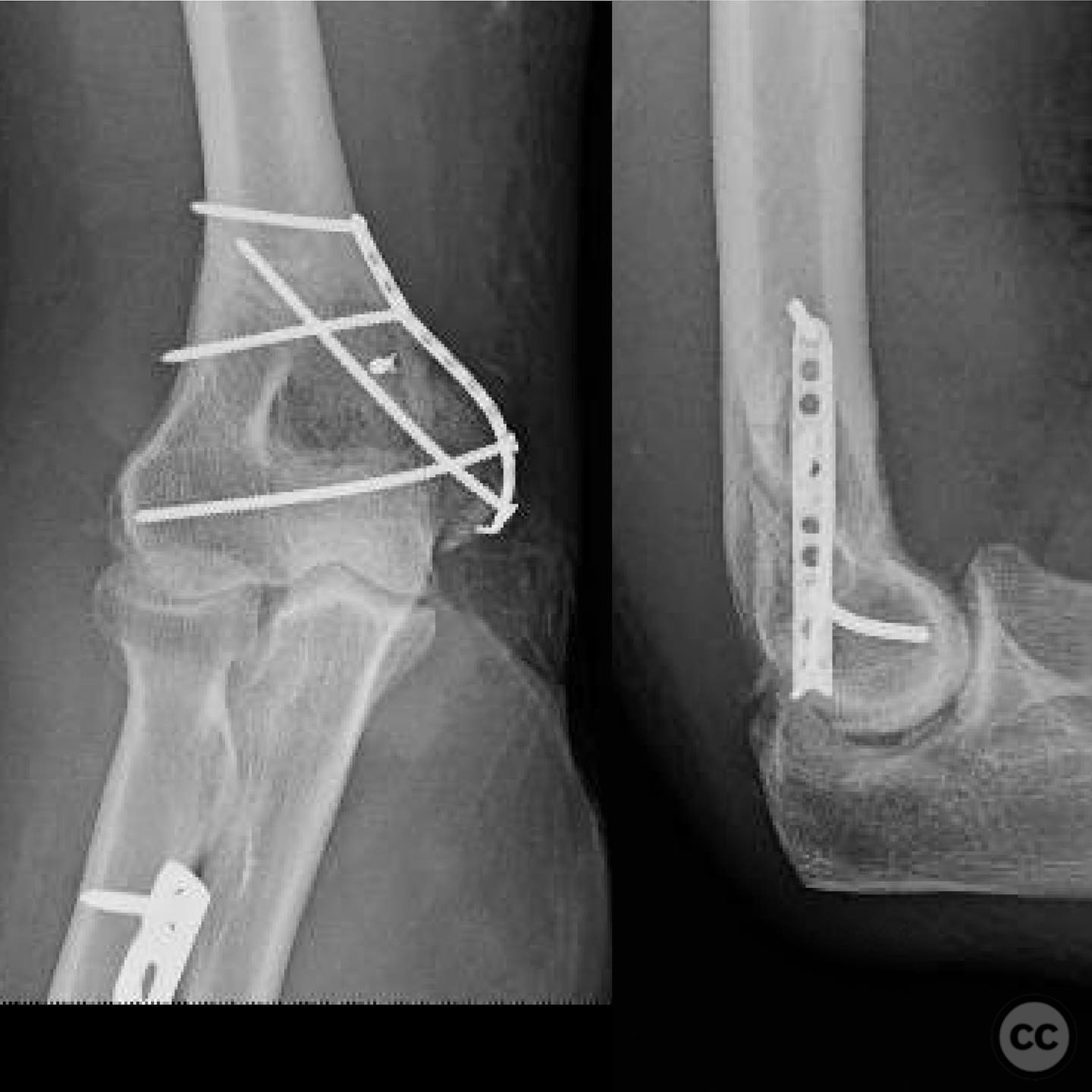
Article viewed 77 times
19 Jul 2025
Add to Bookmarks
Full Citation
Cite this article:
Surname, Initial. (2025). Open Posterolateral Elbow Fracture Dislocation with Vascular Injury. Journal of Orthopaedic Surgery and Traumatology. Case Report 4981400 Published Online Jul 19 2025.